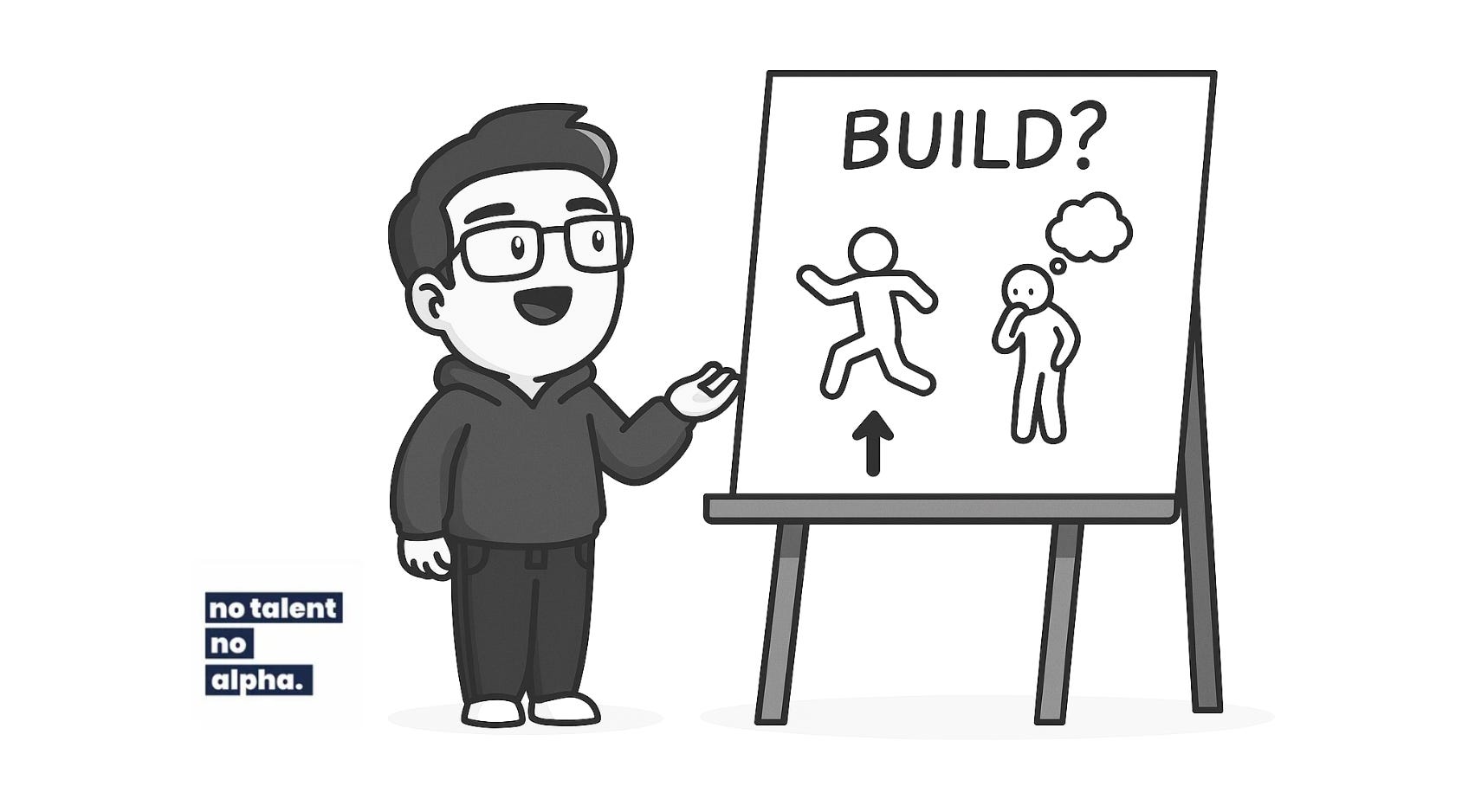Most Employees Don’t Build Culture
Two kinds of employees strengthen culture. All the rest quietly sink it.
I’ll admit this is a working theory. But the more I test it, be it in consulting, investing, and reflecting on the teams I’ve been part of, the more I believe it:
Culture is built by only two types of employees.
The Doer. The one who follows through, executes, and delivers.
The Idea Person. The one who sparks creativity, injects energy, and expands what’s …

